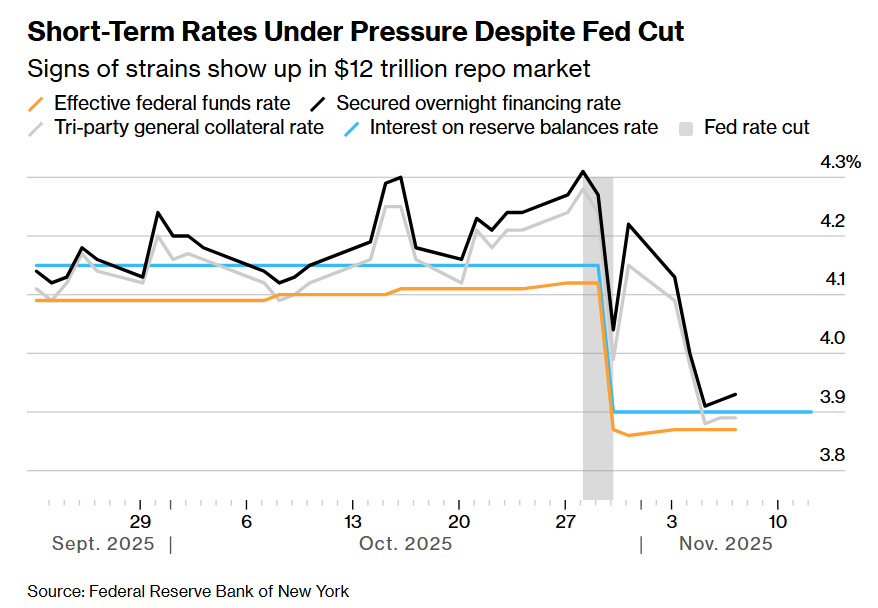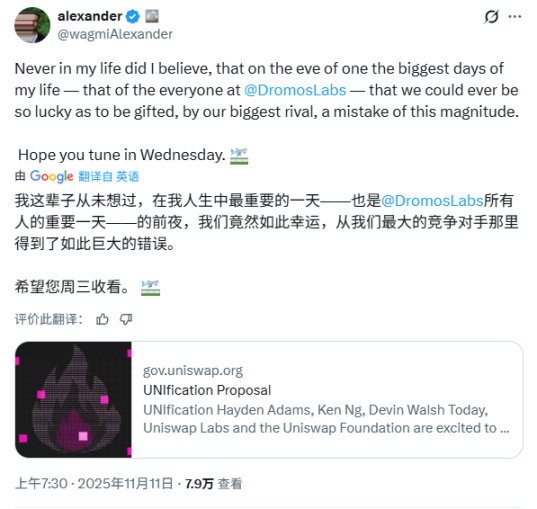Hong Kong’s Strategic HK$500M Crypto Investment: A Catalyst for Mining and Web3 Growth
- Hong Kong’s HK$500M crypto investment and 2025 Stablecoins Ordinance aim to establish the city as a global digital asset hub through regulated innovation. - The framework mandates 100% reserve-backed stablecoins and attracts $1.5B in July 2025, while RWA tokenization grows 380% to $24B by 2025. - Institutional players like SenseTime and Fosun prioritize blockchain, mining, and RWA infrastructure, leveraging Hong Kong’s pro-crypto stance over Singapore’s restrictions. - Early-stage investors benefit from
Hong Kong’s digital asset ecosystem is undergoing a seismic shift, driven by a confluence of regulatory innovation, institutional capital, and strategic market positioning. At the heart of this transformation lies a HK$500 million investment—allocated by private firms like SenseTime Group to blockchain, stablecoins, and real-world asset (RWA) tokenization—that signals a pivotal moment for early-stage investors. This allocation, coupled with Hong Kong’s August 2025 Stablecoins Ordinance and Policy Statement 2.0, underscores a deliberate effort to cement the city as a global hub for crypto innovation while mitigating risks through robust oversight.
Regulatory Clarity as a Foundation for Growth
Hong Kong’s Stablecoins Ordinance (Cap. 656), effective August 1, 2025, has established a licensing regime for fiat-referenced stablecoins (FRS) under the Hong Kong Monetary Authority (HKMA) [1]. This framework mandates that stablecoin issuers maintain 100% reserve asset backing, minimum capital of HK$25 million, and liquidity to cover operational volatility [1]. By aligning with Basel-aligned standards and offering a closed-loop distribution model through licensed intermediaries, Hong Kong has created a regulatory environment that balances innovation with investor protection. This clarity has already attracted over $1.5 billion in July 2025 from fintech firms seeking to capitalize on the city’s crypto-friendly policies [2].
The Policy Statement 2.0 further amplifies this momentum by prioritizing RWA tokenization, a sector that has grown 380% in three years to $24 billion in 2025 [3]. Tokenized government bonds and real-estate assets are now on the regulatory radar, offering investors a bridge between traditional finance and decentralized ecosystems. This dual focus on stablecoins and RWAs positions Hong Kong to dominate cross-border transactions, particularly as mainland China’s regulatory stance on crypto remains cautious.
Institutional Confidence and Sector-Specific Allocation
The HK$500 million investment by SenseTime Group in July 2025—allocated to blockchain, stablecoins, and intelligent robotics—exemplifies institutional confidence in Hong Kong’s digital asset strategy [4]. While the firm’s primary focus is AI, its blockchain division is leveraging the city’s regulatory framework to develop scalable solutions for DeFi and mining infrastructure. This allocation reflects a broader trend: institutional players like Fosun International and LineKong have committed capital to tokenized assets, signaling a shift from speculative trading to utility-driven adoption [5].
Mining and DeFi, in particular, stand to benefit. Hong Kong’s stablecoin regime reduces the volatility risks associated with crypto collateral, enabling miners to hedge exposure while DeFi platforms tokenize real-world assets for liquidity. The city’s proximity to mainland China—a critical market for energy-efficient mining—further enhances its strategic value. As of August 2025, at least 10 Hong Kong-based fintech firms have raised $1.5 billion to fund these initiatives, with mining infrastructure and cross-border payment solutions emerging as top priorities [2].
Market Implications for Early-Stage Investors
For early-stage investors, the alignment of regulatory momentum and capital inflows presents a unique window of opportunity. Hong Kong’s licensing regime limits stablecoin issuance to a select few, creating a scarcity premium for compliant projects. Similarly, the tokenization of RWAs—backed by government incentives—offers a low-risk entry point into crypto markets.
The city’s competitive edge is further reinforced by its rivalry with Singapore and the U.S. While Singapore’s 2025 crypto clampdown restricts DeFi experimentation [3], Hong Kong’s Basel-aligned standards and pro-innovation stance attract global capital. The Trump administration’s pro-crypto policies have also spurred investor migration to Hong Kong, where regulatory agility and geographic proximity to Asia’s largest economies provide a strategic advantage [4].
Conclusion: A Call to Action for Investors
Hong Kong’s HK$500 million investment is not an isolated event but a symptom of a larger, institutional-grade shift. By combining regulatory foresight with strategic capital allocation, the city is positioning itself as a linchpin in the global digital asset ecosystem. For early-stage investors, the message is clear: act now to capitalize on a market where innovation is scaffolded by oversight, and where mining, DeFi, and RWA tokenization are poised for exponential growth.
Source:
[1] Hong Kong Implements New Regulatory Framework for Stablecoins
[2] Hong Kong's Crypto Bet Is Starting To Pay Off
[3] Hong Kong Is Future-Proofing Its Crypto Ambitions With a
[4] Eric Trump talks Bitcoin in Hong Kong
Disclaimer: The content of this article solely reflects the author's opinion and does not represent the platform in any capacity. This article is not intended to serve as a reference for making investment decisions.
You may also like
The 12 trillion financing market is in crisis! Institutions urge the Federal Reserve to step up rescue efforts
Wall Street financing costs are rising, highlighting signs of liquidity tightening. Although the Federal Reserve will stop quantitative tightening in December, institutions believe this is not enough and are calling on the Fed to resume bond purchases or increase short-term lending to ease the pressure.

Another Trump 2.0 era tragedy! The largest yen long position in nearly 40 years collapses
As the yen exchange rate hits a nine-month low, investors are pulling back from long positions. With a 300 basis point interest rate differential between the US and Japan, carry trades are dominating the market, putting the yen at further risk of depreciation.
Is a "cliff" in Russian oil production coming? IEA warns: US sanctions on Russia may have "far-reaching consequences"!
U.S. sanctions have dealt a heavy blow to Russia’s oil giants, and the IEA says this could have the most profound impact on the global oil market so far. Although Russian oil exports have not yet seen a significant decline, supply chain risks are spreading across borders.
Leading DEXs on Base and OP will merge and expand deployment to Arc and Ethereum
Uniswap's new proposal reduces LP earnings, while Aero integrates LPs into the entire protocol's cash flow.
